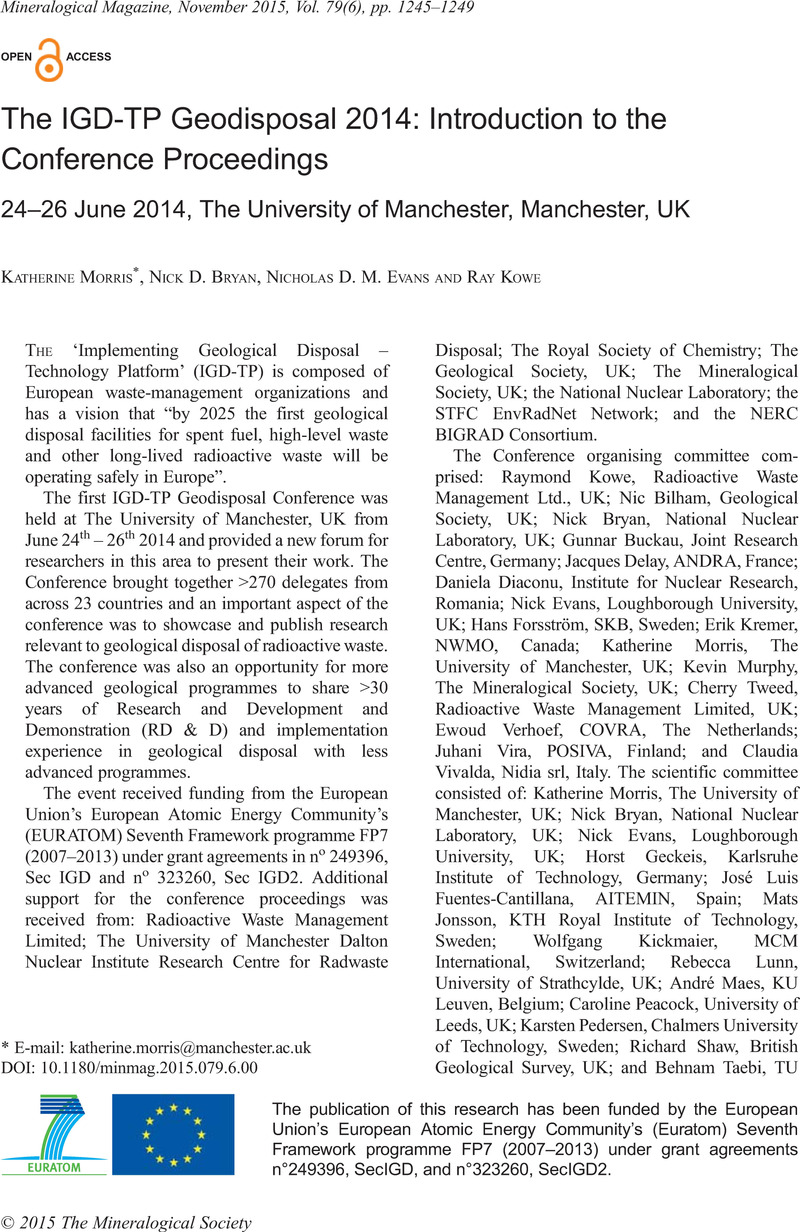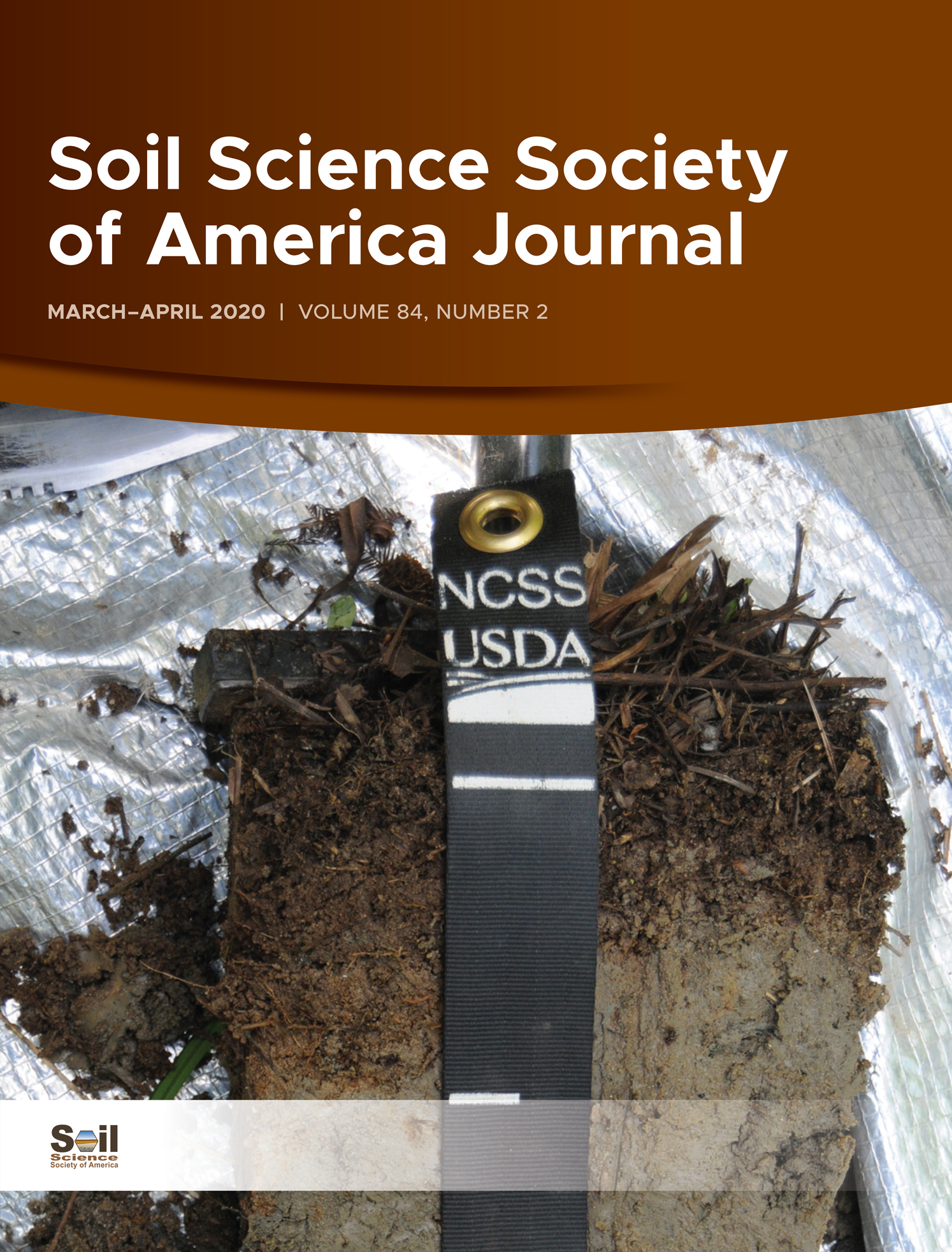
Nuclear medicine uses a special gamma camera and single-photon emission-computed tomography (SPECT) imaging techniques.
evaluate spinal fluid flow and potential spinal fluid leaks. evaluate for hyperparathyroidism (overactive parathyroid gland). help diagnose hyperthyroidism and blood cell disorders. measure thyroid function to detect an overactive or underactive thyroid. assess post-operative complications of gallbladder surgery. identify inflammation or abnormal function of the gallbladder. evaluation for suspected brain tumor recurrence, surgical or radiation planning or localization for biopsy. evaluate for abnormalities in a chemical in the brain involved in controlling movement in patients with suspected Parkinson's disease or related movement disorders. assist in surgical planning and identify the areas of the brain that may be causing seizures. detect the early onset of neurological disorders such as Alzheimer's disease. investigate abnormalities in the brain in patients with certain symptoms or disorders, such as seizures, memory loss and suspected abnormalities in blood flow. evaluate bones for fractures, infection and arthritis. assess differential lung function for lung reduction or transplant surgery. scan lungs for respiratory and blood flow problems. evaluate heart function before and after chemotherapy (MUGA). evaluate the results of revascularization (blood flow restoration) procedures. evaluate treatment options such as bypass heart surgery and angioplasty. assess damage to the heart following a heart attack. detect coronary artery disease and the extent of coronary stenosis. visualize heart blood flow and function (such as a myocardial perfusion scan). Physicians use nuclear medicine imaging procedures to visualize the structure and function of an organ, tissue, bone or system within the body. What are some common uses of the procedure? See the Radioimmunotherapy (RIT) page for more information. Radioimmunotherapy (RIT) is a personalized cancer treatment that combines radiation therapy with the targeting ability of immunotherapy, a treatment that mimics cellular activity in the body's immune system. Non-Hodgkin's lymphoma patients who do not respond to chemotherapy may undergo radioimmunotherapy (RIT). Nuclear medicine also offers therapeutic procedures, such as radioactive iodine (I-131) therapy that use small amounts of radioactive material to treat cancer and other medical conditions affecting the thyroid gland, as well as treatments for other cancers and medical conditions. It is not currently available everywhere. PET/MRI is an emerging imaging technology. Single photon emission CT/CT (SPECT/CT) and positron emission tomography/CT (PET/CT) units can perform both exams at the same time. 
This leads to more precise information and a more exact diagnosis. Image fusion allows the doctor to connect and interpret information from two different exams on one image. Doctors call this image fusion or co-registration. Many imaging centers combine nuclear medicine images with computed tomography (CT) or magnetic resonance imaging (MRI) to produce special views. The camera and a computer produce pictures and supply molecular information.

A special camera detects gamma ray emissions from the radiotracer. It accumulates in the area under examination. Or you may swallow it or inhale it as a gas, depending on the exam. You will usually receive the radiotracer in an injection. FDG is just one of many radiotracers in use or in development. This allows your doctor to detect disease before it may be seen on other imaging tests. This higher rate can be seen on PET scans.

Cancer cells are more metabolically active and may absorb glucose at a higher rate. The most common radiotracer is F-18 fluorodeoxyglucose (FDG), a molecule similar to glucose. They can also bind to specific proteins in the body. They accumulate in tumors or regions of inflammation. Radiotracers are molecules linked to, or "labeled" with, a small amount of radioactive material. These tests use radioactive materials called radiopharmaceuticals or radiotracers to help diagnose and assess medical conditions. Except for intravenous injections, it is usually painless. They can also show whether you are responding to treatment. This gives them the potential to find disease in its earliest stages. Nuclear medicine exams pinpoint molecular activity. These include cancer, heart disease, gastrointestinal, endocrine, or neurological disorders, and other conditions. Doctors use nuclear medicine to diagnose, evaluate, and treat various diseases. Nuclear medicine uses small amounts of radioactive material called radiotracers.







 0 kommentar(er)
0 kommentar(er)
